This is the small new hope for all the IIIrd world countries. The Brian Box aims to be a simple 5$ device which opens new possibilities for the masses.
Challenge:
I'm a former Romanian HW engineer and I recently moved to Papua New Guinea for a few years. While being involved here in some technical works, I had the opportunity to travel a lot into the remote jungle sides of this country. In the rural areas, people are trying to develop better living conditions and to begin to use some small solar panels. In the areas where they have access to mobile phone signal, they struggle to find simple and affordable solutions to charge them. Usually, the classical approach is to charge some old car batteries using these cheapish solar panels they have, and from there, to try to use some car (cigarette socket) phone chargers. This practice of trying to charge their old batteries without using a solar charger and connecting the solar panels directly to the battery, leads many times to setting their houses on fire.
Solution:
A fairly technical and good solution would be to design a low price adjustable and multi-purpose DC to DC converter power supply that is very simple to use without having technical background. This device could convert the solar panel voltage down to a steady and safe to use 5V without the need of degradable expensive and potential dangerous batteries. The aim would be to create this tool for the masses at a low price and keep it under 5$ so the people of these places could afford to buy it.
Potential benefits:
The mobile phone is not only a mean of communication, but it can provide today access to education, eBooks and reading apps. In some areas, it can provide a little bit of 3G internet and this opens the horizon of these people to whole new perspectives. The mobile phone itself, can act as a small flashlight that can be charged during the day and used during the night. This eliminates the need for complicated or expensive energy storage installations, it eliminates the risk of fire and it's long lasting. In most cases a device like this would be more than what the bush houses living people currently have.
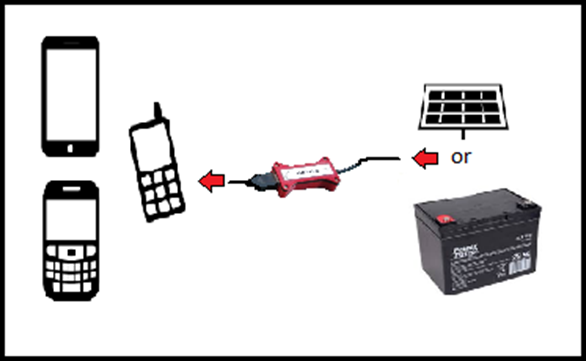
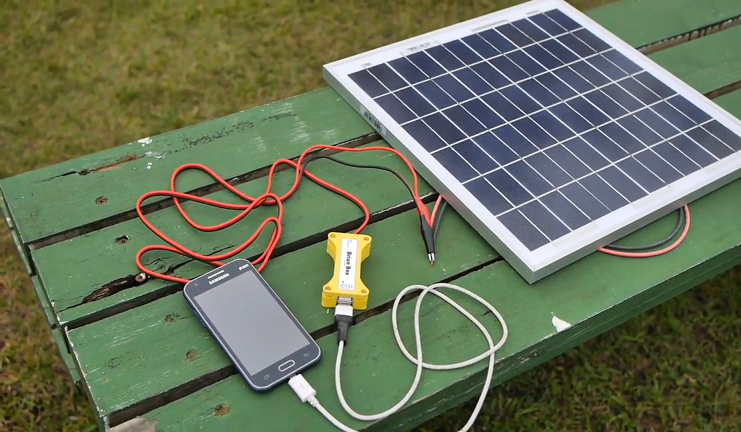
 Marius Taciuc
Marius Taciuc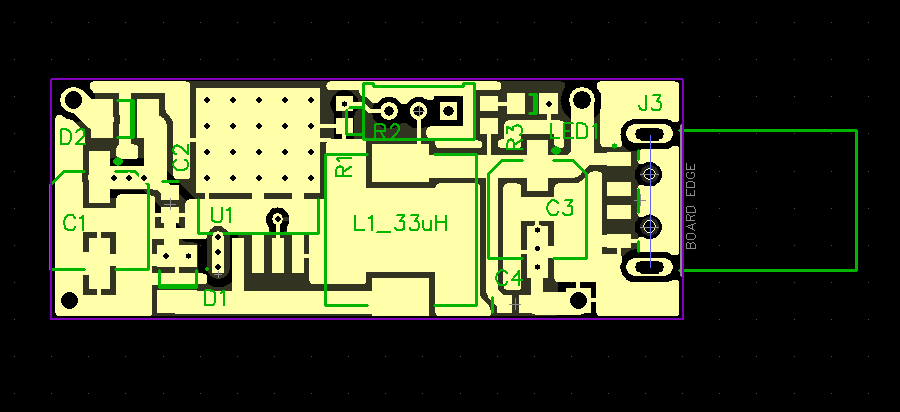
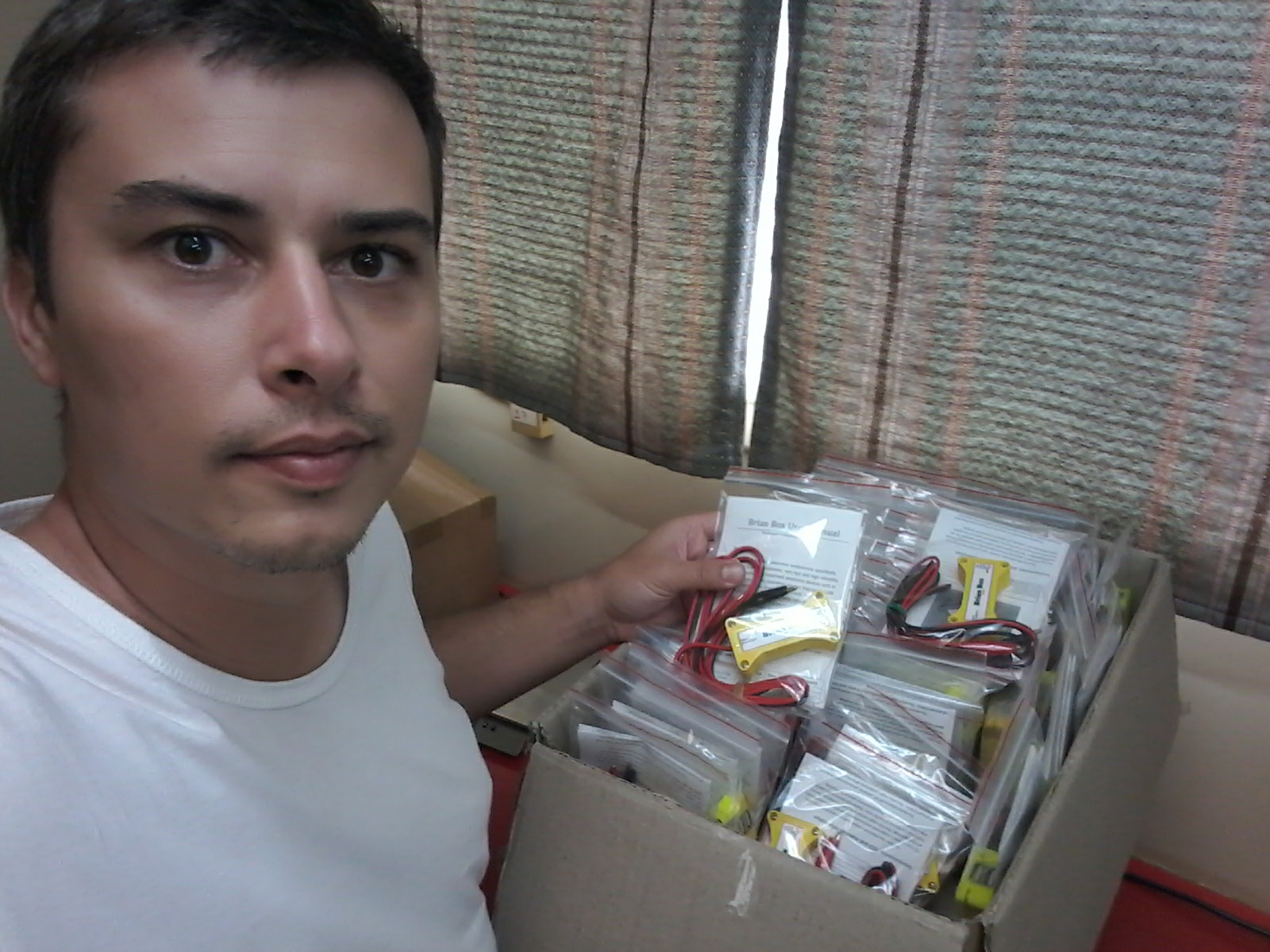
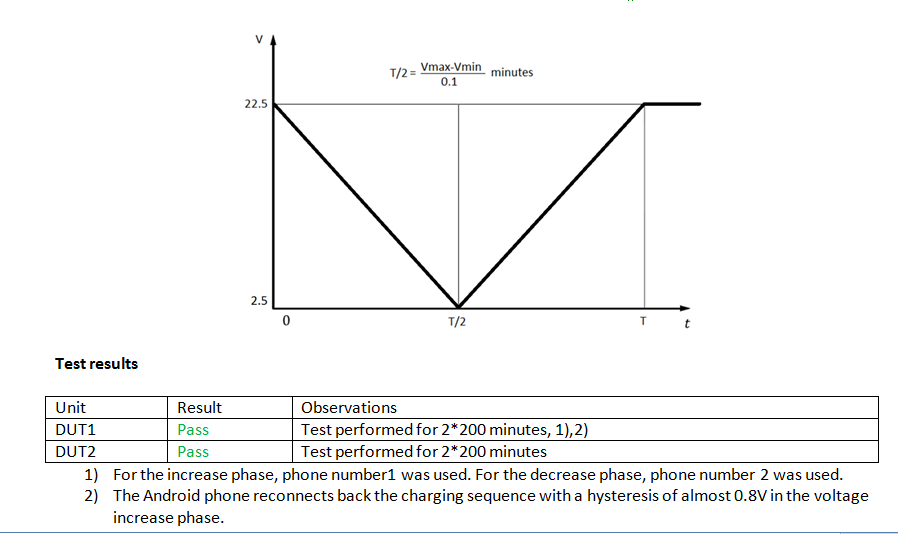
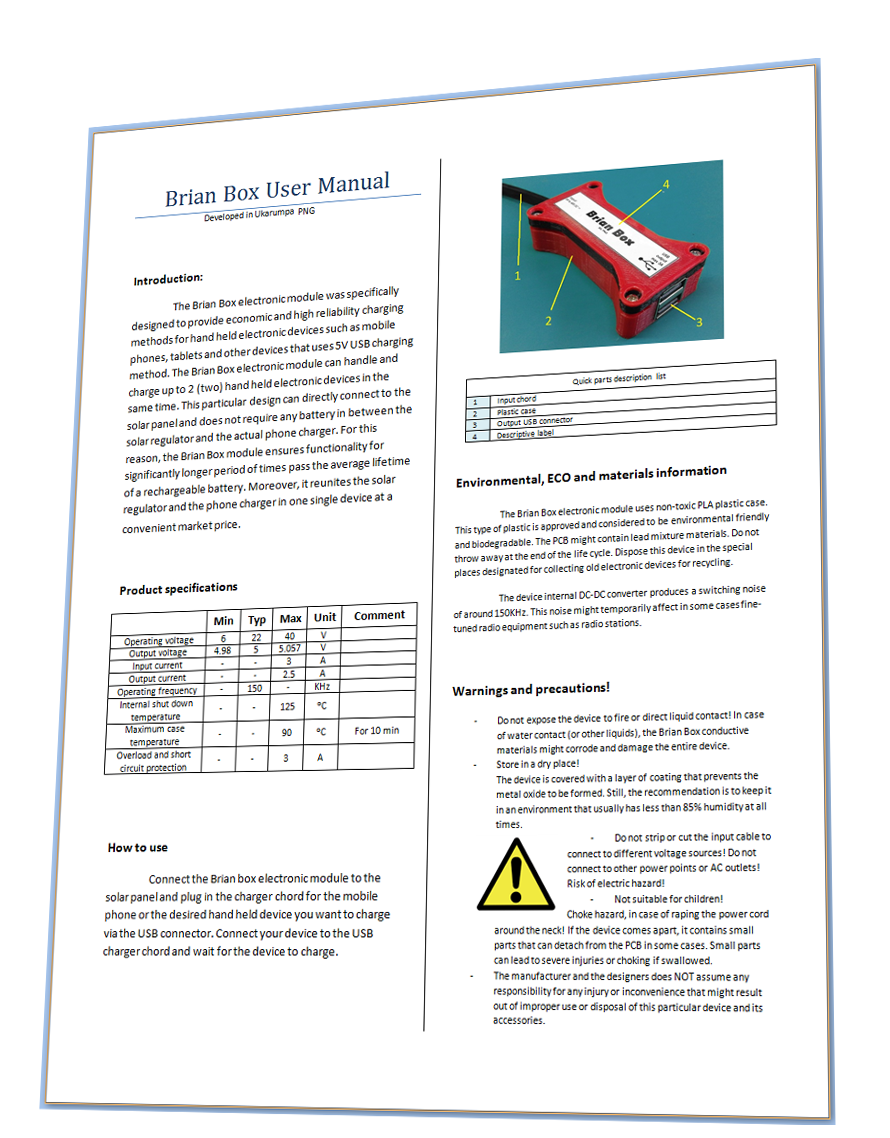
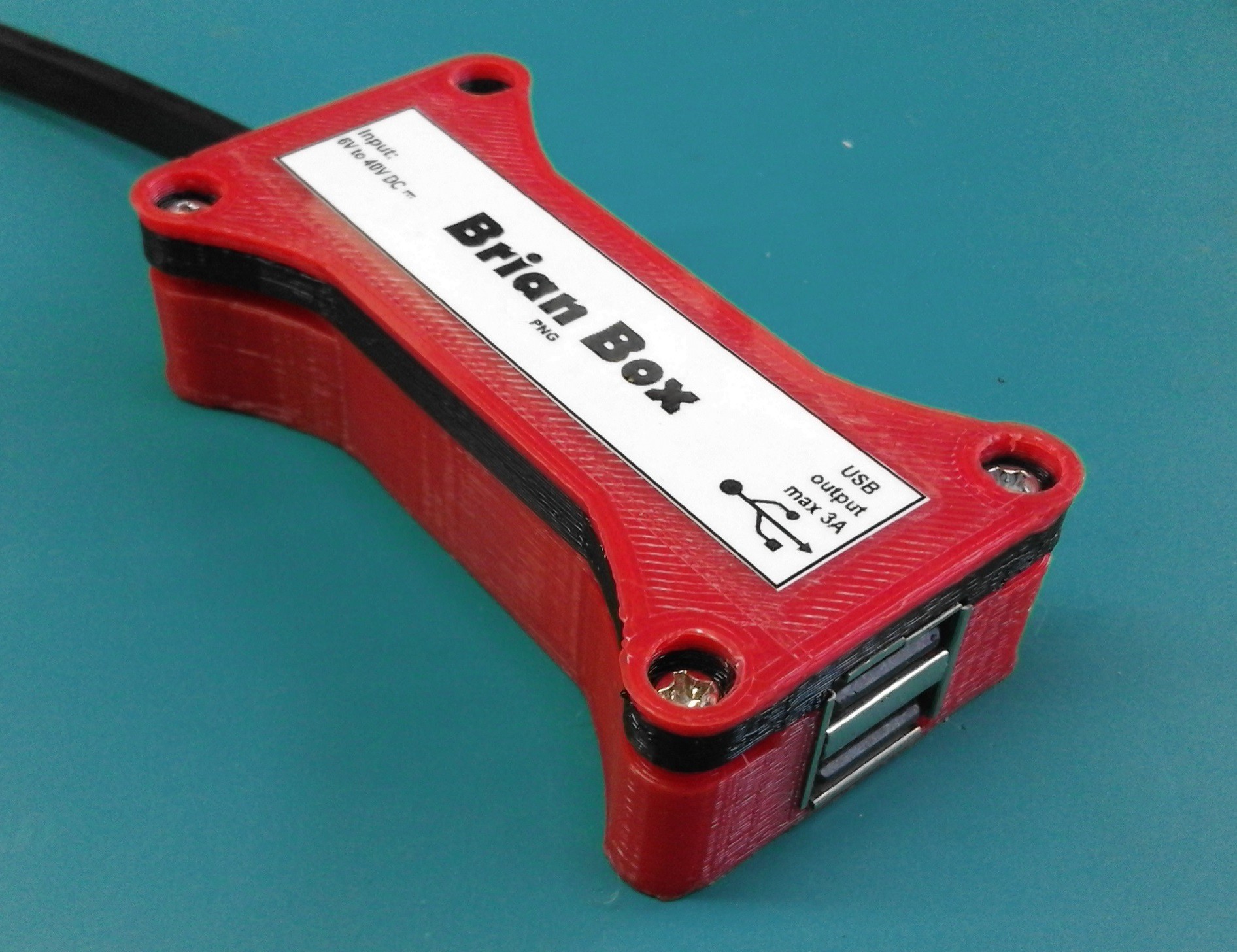
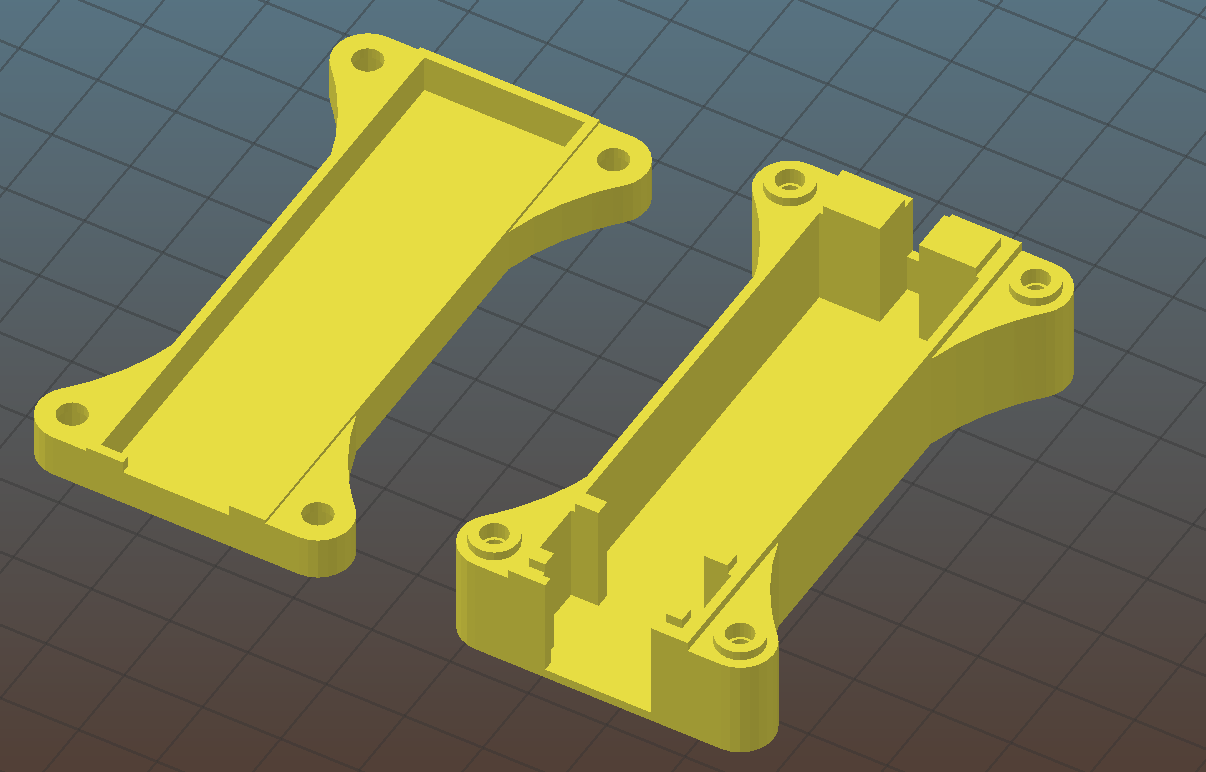
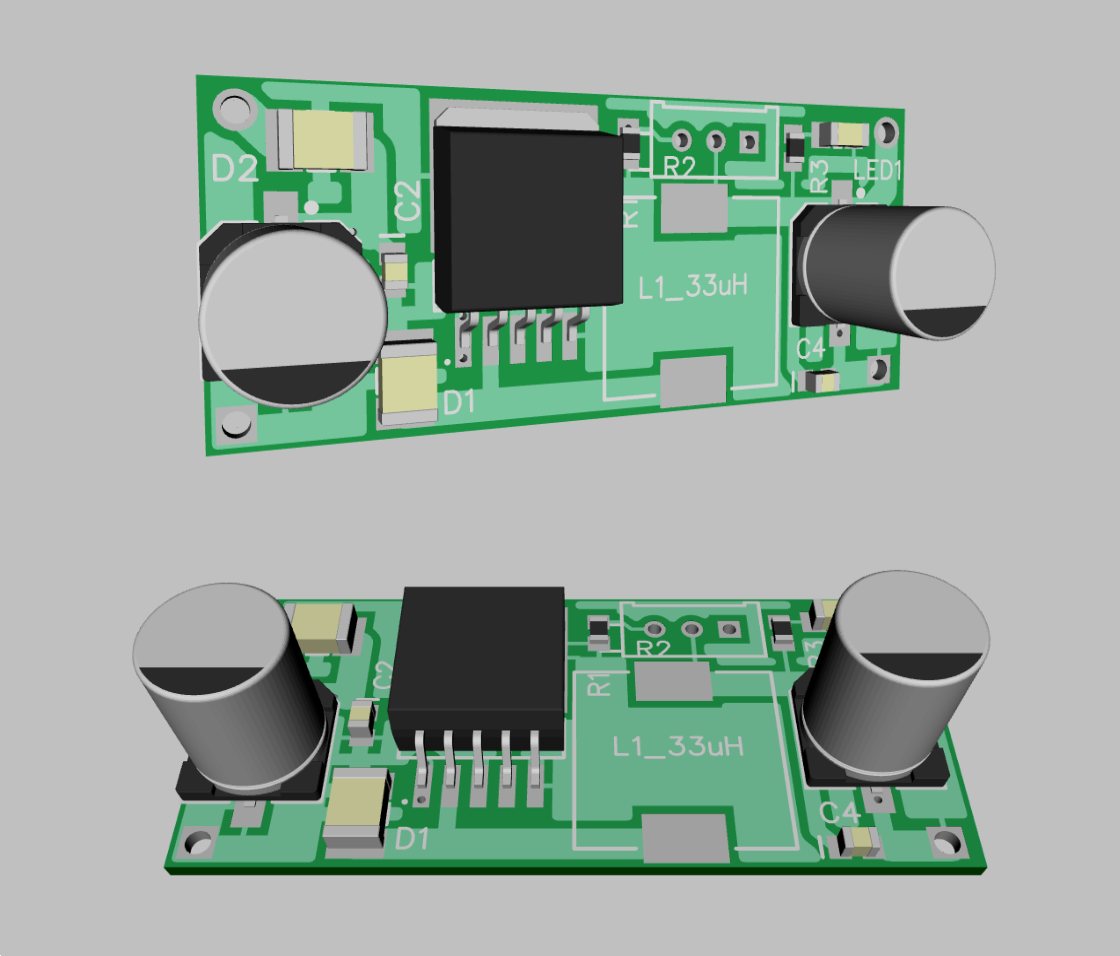
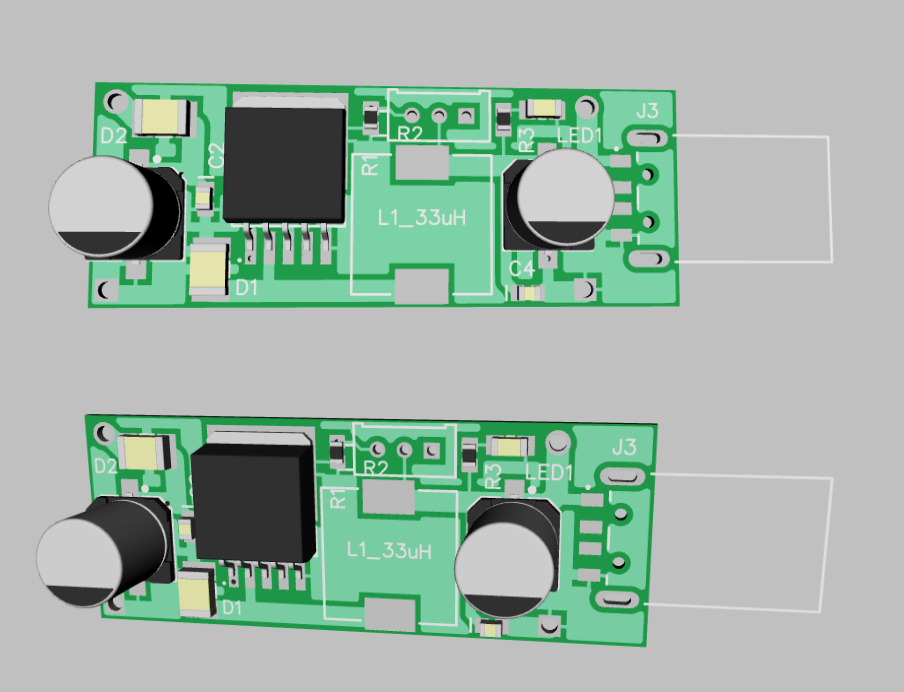
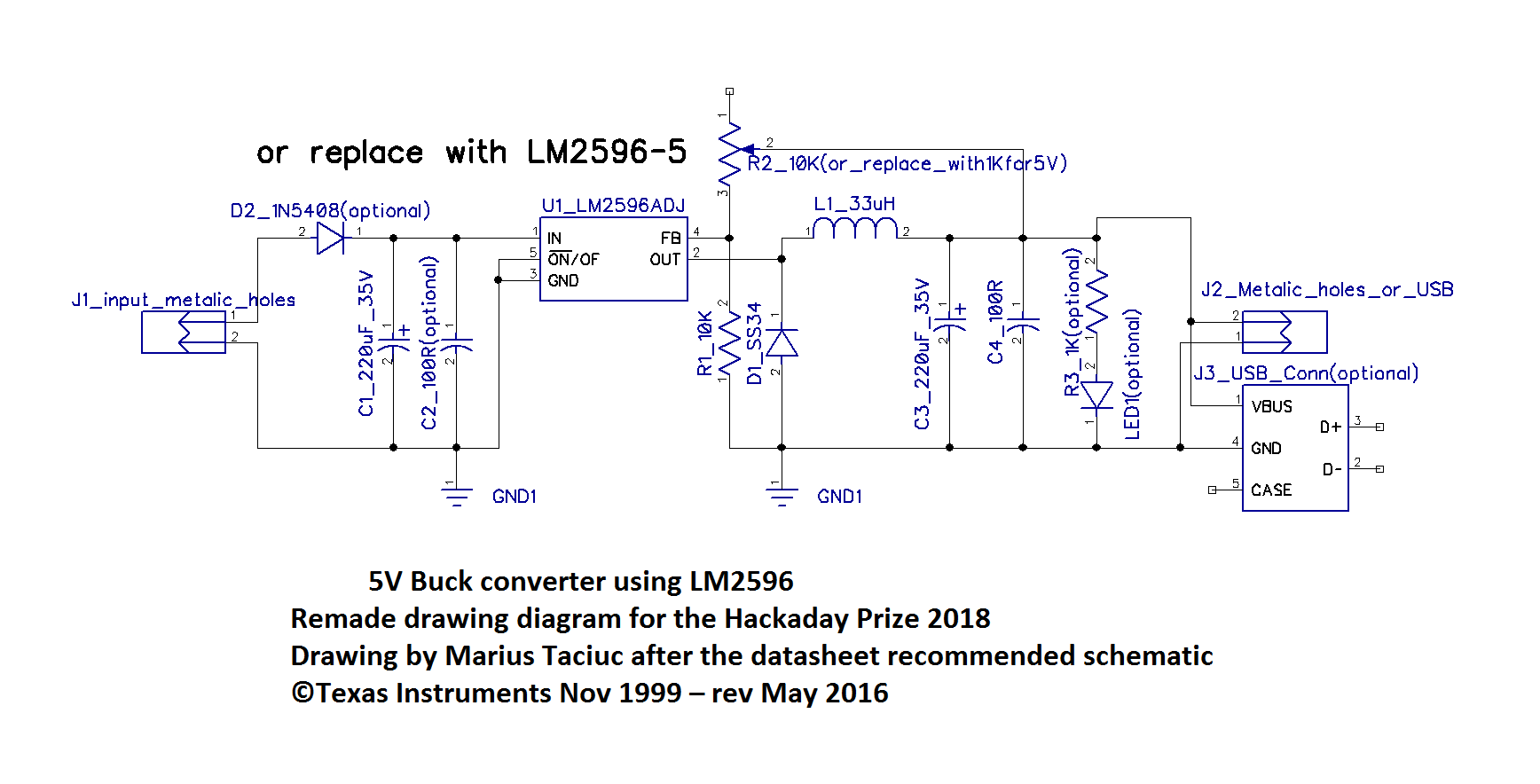
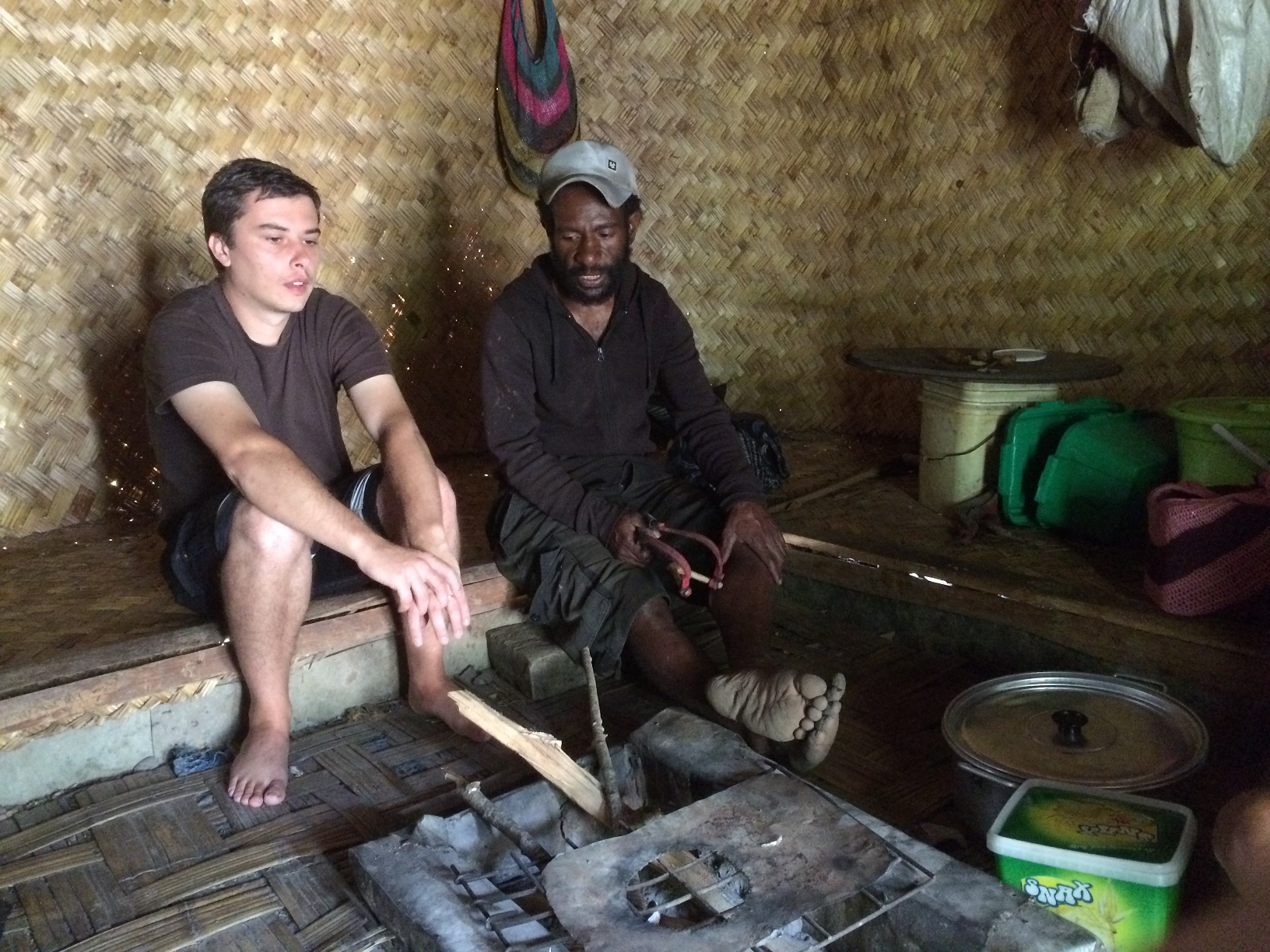




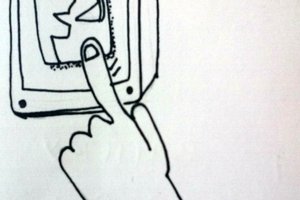
 Muriel Green
Muriel Green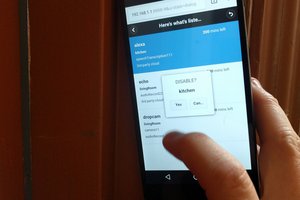
 AKA
AKA
 Giovanni
Giovanni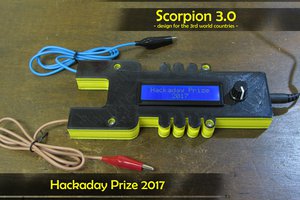
I had a same project like this 3 years ago using LM2596, only I'm using 2 stainless steel screws. It is sturdy and always come in handy during camping. Good luck